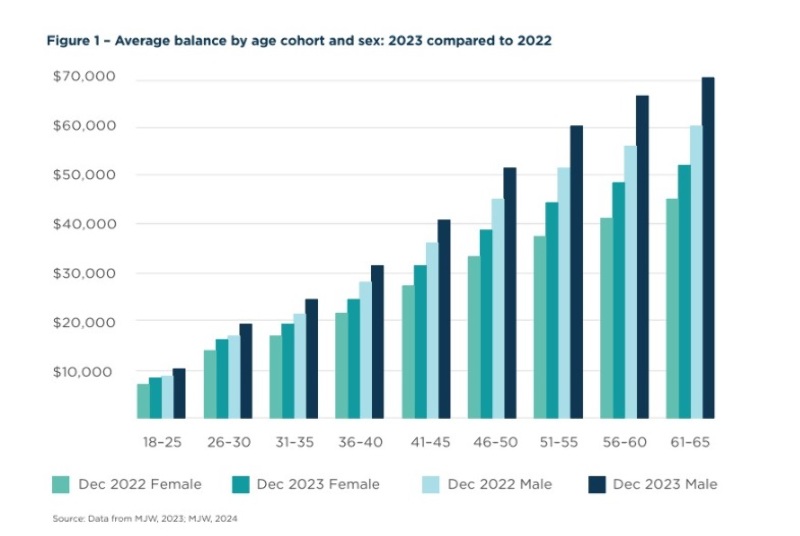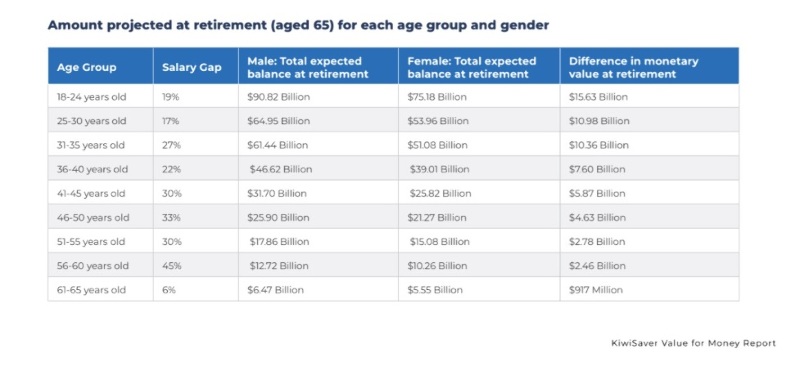Aurora Capital, which has allocated 3% to private corporate debt for its KiwiSaver conservative and growth funds, is also interested in investing in startup companies.
Sean Henaghan, chief investment officer with Christchurch-based Aurora, says a new mandate with Queenstown-based private credit manager Private Capital Group (PCG) is just the first cab off the rank when it comes to private asset allocation.
The $260 million Aurora KiwiSaver scheme could ultimately have a private asset weighting as high as 7-8% although corporate debt would make up no more than 4%.
Property-backed assets aren’t of interest, instead he’s targeting investment that grows New Zealand business.
“I want to look at venture capital especially in university research and climate innovation. I'm talking to Aussie funds but most have little NZ allocation. I want to support domestic New Zealand.”
Henaghan, a Kiwi who spends 75% of his time in Sydney, has spent 20 years in Australia and witnessed how beneficial illiquid assets have been there.
“The funds that have thrived in Australia are those with big illiquid exposures. Basically the industry funds are the megafunds.” An example is the hospitality industry pension scheme HostPlus with a 50% allocation for unlisted assets.
Henaghan was previously with AMP Capital Australia and ran the Future Directions Options which looked to compete with the industry funds.
“We were daily unit priced so if ever more than 20% of our fund became illiquid, i.e. took longer than 30 days to liquidate, we'd get suspended. We made sure that never happened but we used to run 14% illiquid assets.”
Hence he has a mindset that is different to the NZ conventional wisdom on how much liquidity to hold in case members move funds.
“It's a risk factor you manage like any other in respect to your portfolio. You need to make sure you don't take too much but schemes are growing, there’s positive cash flow, and people can't touch their money for 25 to 30 years. Yes, they can move between providers, but that's a low number.”
Growing demand
There has been a growing appetite for debt amongst global funds driven by regulated changes to capital requirements for banks.
The 2019 RBNZ capital review required the four largest banks to gradually increase capital requirements to 18% of risk weighted assets, (16% for smaller banks), over seven years from 2022 onwards. This has affected the sub-investment grade end of the market (everything below triple B).
However NZ corporate lending, which is mostly to small and medium enterprises (SMEs) has been too small to attract global corporate debt funds which typically want $100-200m transactions instead of $5-25m.
In 2019 PGC entered the market to fill the gap, setting up its corporate wholesale PIE fund in 2022 in response to the Reserve Bank review.
The total business lending market – excluding property and agriculture – is estimated by the RBNZ to be worth about NZ$124 billion. PGC co-founder John Ferrara estimates the sub investment grade part of the market is about $20b and growing at 3-5% per year.
It has a great macro tailwind, says Henaghan, which also did due diligence on Australian private credit providers but found none had enough NZ exposure. Meanwhile the NZ-based private debt funds Aurora looked at were property-backed only.
Henaghan met PCG co-founder Paul Caman in Sydney based on a recommendation by Vicki Hyde-Smith, head of fixed income at Macquarie Australia.
He was impressed by the PCG team’s knowledge and experience, 25-years for Carman and 20 years for Ferrara. Clients included MyFiduciary, Harbour, Forsyth Barr and JBWere, iwi, family offices and high net worth individuals.
PCG’s Diversified New Zealand Private Debt Fund PIE targets the OCR plus 4%, net fees, with 100% of assets structured on a floating rate. Now worth $30m, it is forecast to reach $50 million by the end of June and $100m by the end of the year.
PGC was able to comply with Aurora’s exclusions to maintain its KiwiSaver funds’ sustainability focus.
The fund being a PIE helped with liquidity, says Henaghan. But also, most of the loans are over 2-2.5 years and regularly recycled. “It's not like a private equity fund where you could be locked in for 12 years. This is why it's the perfect foray into unlisted space.”
Having a young client base also helped. Aurora KiwiSaver has a first home buyer fund which will have a very small allocation because it is still growing. But with most of the others, members won’t touch their funds for up to 40 years, says Henaghan.
A fixed asset with equity returns
Because most of the debt is sub-investment grade, Henaghan sees it as a return-seeking class as opposed to a defensive asset class and so Aurora’s 3% allocation has come out of equities.
“However, it's lower risk than equities,” he says. “People have this issue that because it's high yield debt, it's really risky. It is but it's further up the capital structure. There's also risk in equities and a growth fund will have 80% equities.”
Ferrara says NZ investors are used to a focus on equities and bonds. “Our asset class is different; we’re an income focused product. There’s no capital appreciation. We receive cash interest payments anywhere between every 30 to 90 days and the loans are prepaid ahead of the stated maturity.”
He says PGC lending is senior in the capital structure, ranking ahead of equity and other creditors.
Security interests are formally registered via legal contracts so, if a business sees a reduction in performance and an implied reduction in enterprise value, equity value is eroded before debt. Equity therefore represents a protective valuation moat around
PGC’s debt interest, which is a feature of all business loans, he says. “At loan inception that equity cushion can be up to 50%. This protects our principal and interest claims.”


